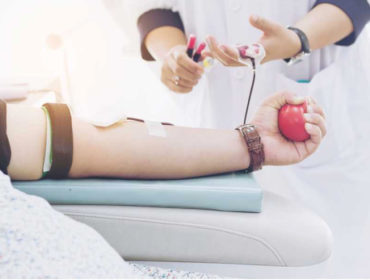In Italy, nucleic acid testing for hepatitis B virus (HBV) in donor screening allows the detection of infections in the window phase or occult infections allowing to avoid potential transmissions. Epidemiological data on HBV infection in blood donors have here been evaluated, the residual risk of HBV transmission has also been studied over a 10-year period in Italy. The Italian Haemovigilance System has been adopted for this purpose. During the time of this survey (2009-2018), the molecular methods used for HBV screening were transcription-mediated amplification and polymerase chain reaction tests. Prevalence and incidence of HBV infections were calculated. Overall, 17,424,535 blood donors and 30,842,794 donations were tested for HBV. Globally, 6,250 donors resulted positive for HBV markers, most of them were first time donors. The prevalence of HBV markers in first time donors was 275.9×105 in 2009. New infections were 3.37×105 in 2009 and 2.17×105 in 2018. The overall residual risk for HBV was of 1 in 2,566,854 donations calculated. The residual risk of transfusing a blood unit infected with HBV, both from window phase and occult infections, is currently very low, amounting to levels that can be considered tolerable.
Reference:
Velati C, Romanò L, Pati I, Marano G, Piccinini V, Catalano L, Pupella S, Vaglio S, Veropalumbo E, Masiello F, Pisani G, Grazzini G, Zanetti A, Liumbruno GM. Prevalence, incidence and residual risk of transfusion-transmitted hepatitis B virus infection in Italy from 2009 to 2018.Blood Transfus. 2019 Nov;17(6):409-417.



